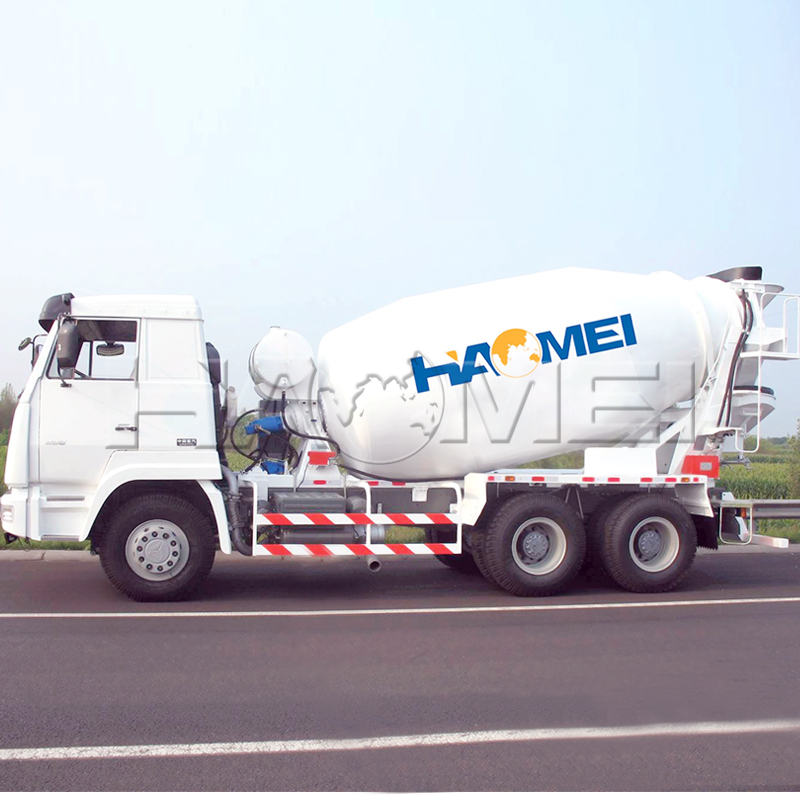
The size of tank can not only affects the cost of the car, but also affects the performance of the concrete mixer truck. The lower vehicle safety coefficient is, the larger the center of gravity is, and the lower the stability of the vehicle. Therefore, we should choose the suitable volume of cement mixer truck according to the operating conditions, economic benefits, performance, safety and other factors. In addition, we also need to know that the volume of the concrete mixer truck can’t be simply considered as the volume of the tank, and there should be a clear distinction between the three concepts:
1. The geometric volume of the truck mounted concrete mixer: the actual geometric volume in the mixing tank is the geometric volume calculated by the mathematical method when the tank is designed.
2. Concrete capacity volume: the amount of premixed concrete that the concrete mixer truck can transport (after tamping the volume).It can be seen that the concrete capacity of the concrete cube that can be discharged by the mixer, and it can be calculated at 2400kg/m3.

3. Mixing volume: concrete mixer truck placed in a horizontal position, the mixing barrel can accommodate the largest without mixing of concrete materials (including water), and can stir the quantity of concrete that transferred to construction site (in the volume of tamping later).
The relationships among the three aspects should be: geometric volume volume > > concrete capacity volume > > mixing volume. Users often said volume should be refers to stir up volume, so when selecting mixers, attention should be paid to distinguish mixing volume of the vehicle.